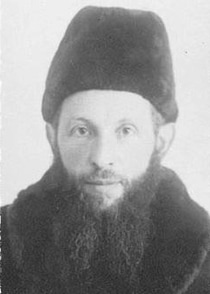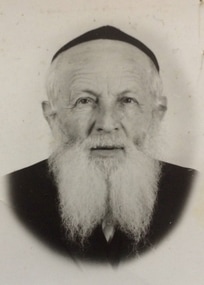meet aaron chazan
|
Aharon Mendel Chazan was born in Krasnostav in 1912 to Rabbi Mordechai and Batya. Trained as a rabbi but never accepting any rabbinic post, Aharon worked all sorts of jobs to survive. In the late 1930s he married Leah Friedman in Odessa and was then conscripted to the Soviet Army. He later joined his family as a refugee in Tashkent.
Aharon lost more than 70 relatives to the Nazis. After the war, he settled in a suburb of Moscow and raised a large family with his hardworking wife. At the time, religious rituals were not permitted outside the state sanctioned synagogues, and services at the synagogue were limited and closely watched over by the authorities. Despite the danger, Aharon and his family persisted in living a fully observant life, going as far as to hold clandestine weekly prayers in their home, hosting circumcisions and chuppah marriages for fellow Jews, and baking matzah for Passover in a hidden oven in the cellar. When he was finally able to make aliya in the late 1960’s, after twenty years as a refusenik, Aharon devoted the rest of his life to other Russian Jewish immigrants in Israel, helping them with their spiritual and material lives, and continuing the tradition of hosting weddings in his own home for those who could not afford a proper wedding. Aharon passed away in the summer of 2008 and is survived by approximately one thousand descendants. |




